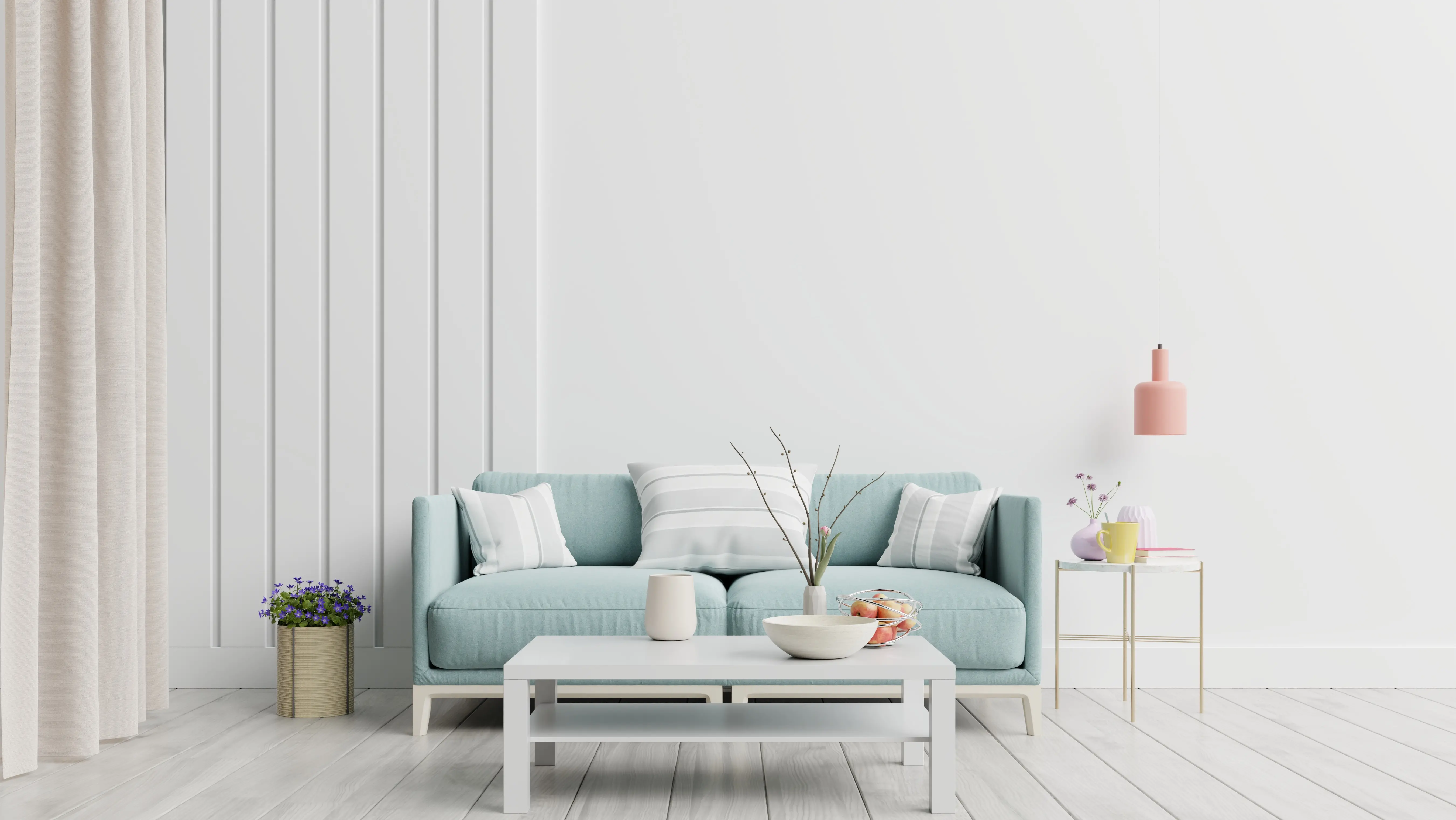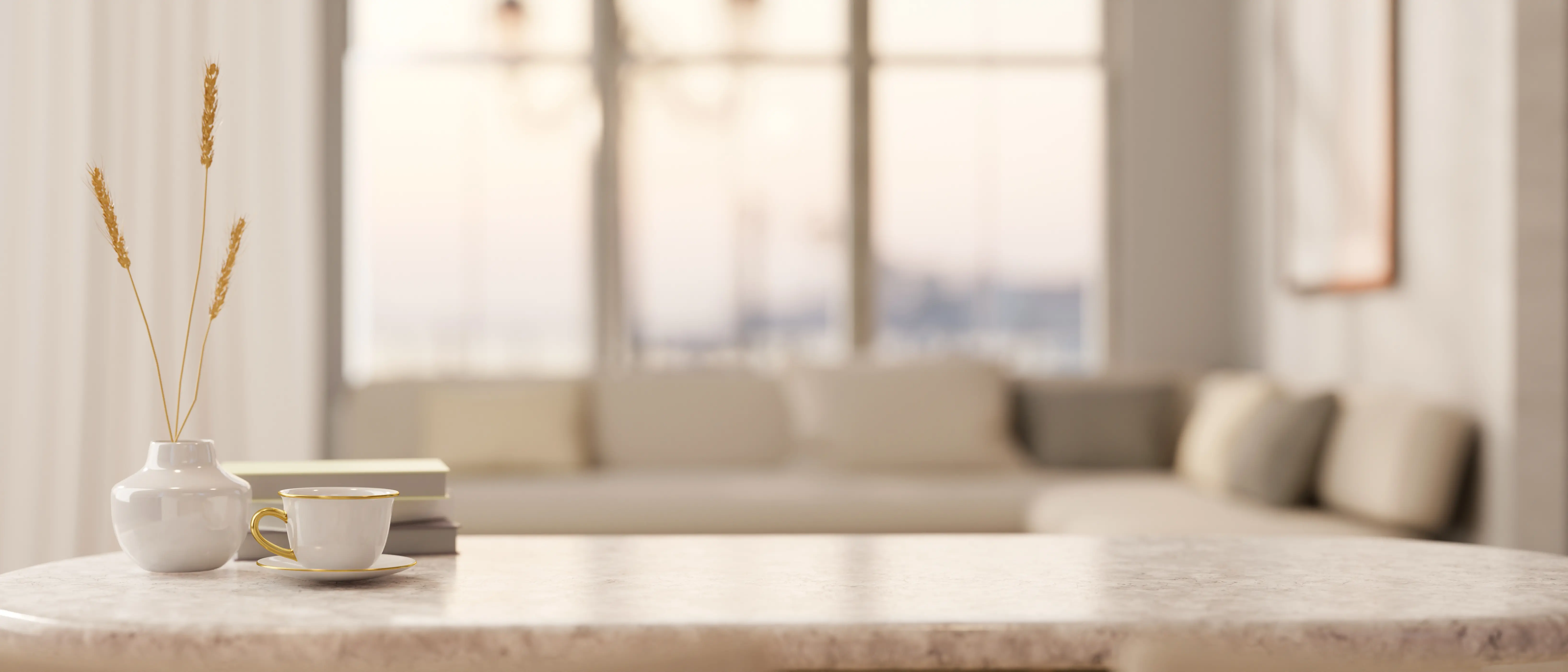The concept of minimalism has increasingly gained attention in modern lifestyles. It transcends mere aesthetic appeal and taps into a way of living that can bring clarity, efficiency, and serenity into one’s space—particularly the living space where we spend a majority of our quality time at home. This philosophy's central premise revolves around the idea of "less is more," promoting the elimination of superflous items in favor of an environment enriched with purpose and intention.

But what does minimalism truly entail when it comes to revamping your living area? At its core, minimalism in your living space challenges the norm of consumer culture by suggesting that you can live better with fewer possessions. This doesn't necessarily mean living in an ultra-modern, white-washed room with a solitary chair as your only furniture. On the contrary, minimalism is about creating a space that resonates with personal significance, devoid of unnecessary clutter that doesn't serve a function or bring joy.
The decluttering process can be profoundly therapeutic. As we sift through our belongings, we make decisions about what is essential to us. Each object in a minimalist home is chosen with care and thought, ensuring that everything present has a place and a reason to be there. This process of selection can lead to a more mindful lifestyle, encouraging individuals to think about what they really need versus what they want. By doing this, one not only creates a refreshed living space but also cultivates an environment that supports mental clarity and emotional well-being.

Minimalism also encourages quality over quantity. By investing in fewer but better-quality items, one can create a space that is both functional and beautiful. Think of a couch that isn’t just a statement piece but also offers superior comfort and longevity, or a dining table that isn’t just for show but is where family and friends gather to share meals and conversations. These pieces become the focal point of the room, defining its character and functionality.
The benefits of a minimalist living space extend into daily life as well. With fewer items to manage, cleaning becomes a faster, less daunting task. This not only saves time, but it can also lead to a reduction in stress levels. There’s a calming effect to entering a room that’s clean, open, and free of disorder. It provides a sense of tranquility and a space in which one can fully relax, without the visual noise created by piles of unused items.
Incorporating minimalism into your living space can also foster greater creativity. With less clutter to distract the mind, there's more room to think, brainstorm, and innovate. A pared-down environment is like a blank canvas, offering the space to imagine and create without limitations imposed by excess.
From an environmental perspective, minimalism also promotes sustainability. When we choose to buy fewer, high-quality items, we're not only creating a more aesthetically pleasing environment but also reducing our carbon footprint. Less consumer demand results in less manufacturing, less waste, and consequently, a healthier planet.
When it comes to colors and textures, minimalism doesn't imply that everything should be monochromatic or lack visual interest. The minimalist palette often includes a variety of textures and a range of harmonious hues that together create a serene and inviting atmosphere. It's about balancing the elements of color, texture, and space to find a harmonious blend that soothes rather than overwhelms the senses.
In redesigning your living area with minimalism in mind, it's crucial to think about space. The idea is to give items room to 'breathe'. Having space around furniture and decor can make a room feel more open and peaceful. It’s about utilizing strategic negative space rather than filling every nook and cranny. In practice, this could mean choosing wall-mounted shelves over bulky bookcases or opting for multifunctional furniture that can serve multiple purposes without occupying too much space.
Lighting also plays an essential role in a minimalist living space. Natural light is often favored as it brings warmth and life to a room and can make even small spaces seem more expansive. When artificial lighting is needed, minimalist design advocates for light fixtures that are sleek and unobtrusive, enhancing the room's tranquility.
The minimalist approach to living spaces continues to grow because it offers a release from the overstimulation of our busy lives. It harkens back to simpler times and can help create a home that is not only more beautiful but also more peaceful. By choosing to live with less, we're not depriving ourselves; we're empowering ourselves to enjoy and appreciate more deeply the things we truly value.
At its heart, minimalism isn't just a design philosophy; it's a way of life. It's about making intentional choices and seeking simplicity, creating a haven that reflects our truest desires and needs. In a world often ruled by excess, choosing minimalism for your living space is a statement of purpose and an expression of what you truly find meaningful.
